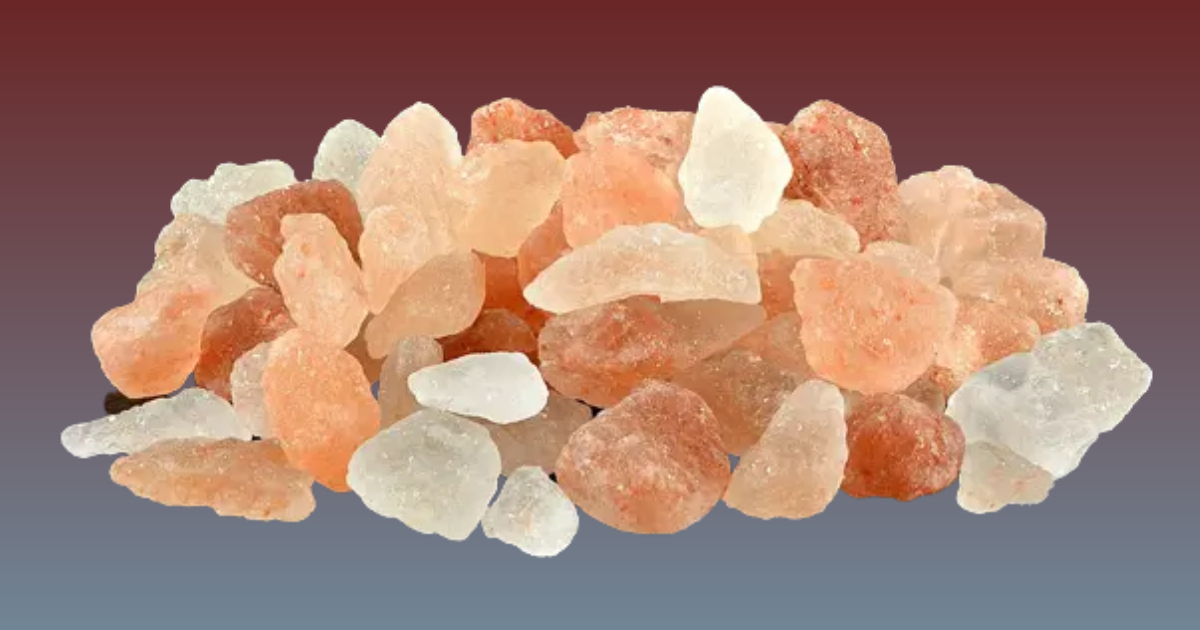
Himalaya Pink salt is similar to table salt in that it is made of 98 percent sodium chloride, the key ingredient in salt, but unlike table salt, pink salt also contains trace minerals such as potassium, magnesium, calcium, and iron — all of which give it its pink color. Himalaya Pink salt can contain up to 84 trace elements. Table salt is processed to remove impurities and contains additives such as anti-caking agents, whereas pink salt is unrefined.
While Himalaya pink salt has several dietary uses, there are also a number of popular non-dietary uses. Himalaya Pink salt is used in some bath salts.
Salt lamps are also often made out of Himalaya pink salt. These lamps consist of large blocks of salt with an inner light source that heats the salt.
Additionally, spending time in man-made salt caves formed out of Himalaya pink salt is popular. Both table salt and pink salt consist mostly of sodium chloride, but pink salt has up to 84 other minerals and trace elements. These include common minerals like potassium and calcium, as well as lesser-known minerals like strontium and molybdenum.
With excellent relationship in this area, we can come up with a great deal for this product! True to our values, we prefer loyalty to margin. ✔
For a consultation call us today at
+44 20 7101 3847
Bio Greenware Ltd ®